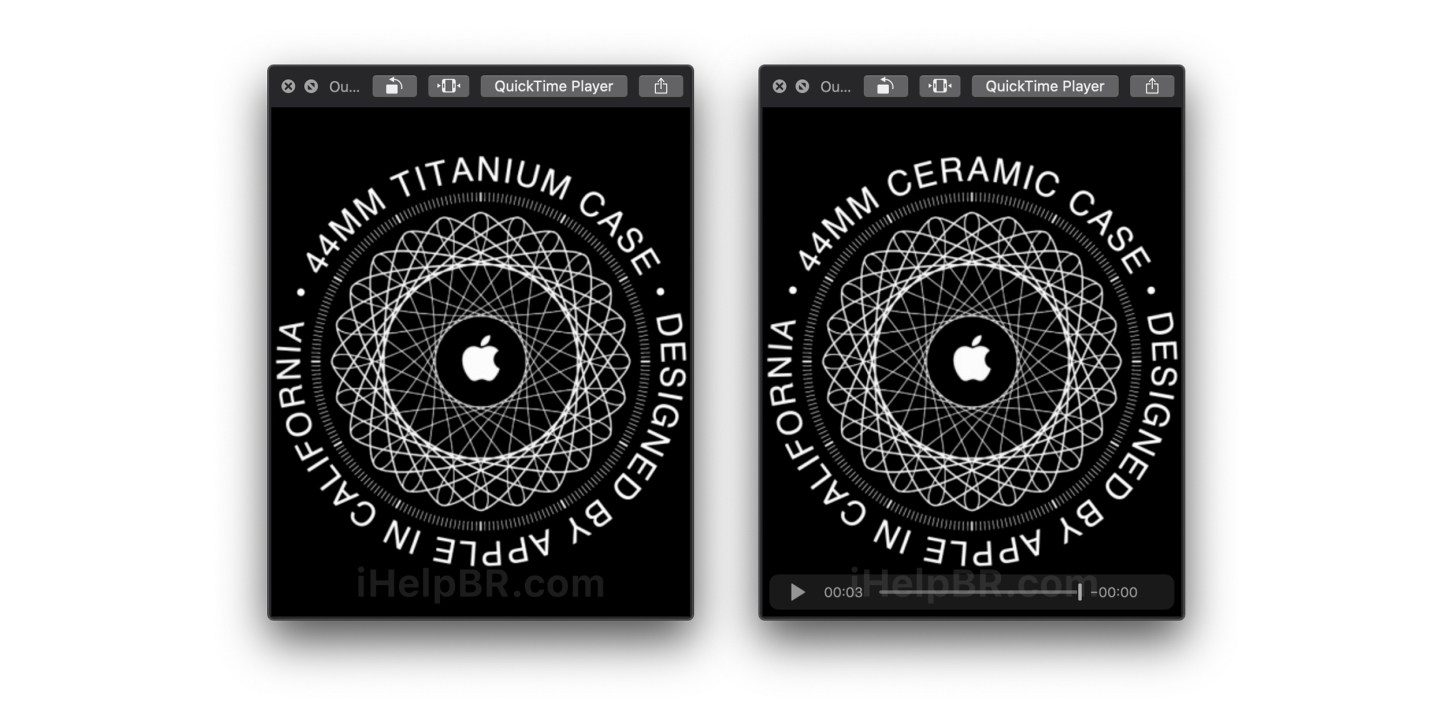Apple’s next Apple Watch revision could include new materials for the case, including titanium and ceramic. That’s according to new assets pulled form the latest watchOS beta release, as uncovered by Brazilian site iHelp.br (via 9to5Mac). The new screens discovered in the beta show graphics used to pair the Apple Watch during setup, and list “Titanium Case” and “Ceramic Case” alongside model size identification info.
Apple has previously offered a ceramic Apple Watch, alongside its Series 2 and Series 3 models, with a premium price and white and black case options. The company hasn’t previously used titanium, but the lightweight, durable metal is popular among traditional watchmakers because it can really significantly reduce the heft of a watch case, while still providing a premium look and feel.
Last year’s Apple Watch Series 4 was the first significant change in body design for the wearable since its introduction in 2015, so it seems unlikely that Apple will change that this year again. The new physical design includes larger case sizes (40mm and 44mm, respectively, vs. 38mm and 42mm for previous generations), a thinner profile and a display with rounded corners and slimmer bezels.
Offering new materials is a way for Apple to deliver new hardware that is observably new on the outside, in addition to whatever processor and component improvements they make on the inside. Apple will likely also offer these alongside their stainless steel and aluminum models, should they actually be released this fall, and would probably charge a premium for these material options, too.
The Series 4 Apple Watch proved a serious improvement in terms of performance, and added features like the onboard ECG. Splashy new looks likely won’t be the extent of what Apple has planned for Series 5, however, especially since the company is revamping watchOS to be much more independent of the phone, which would benefit from more capable processors.
Read Full Article

No comments:
Post a Comment